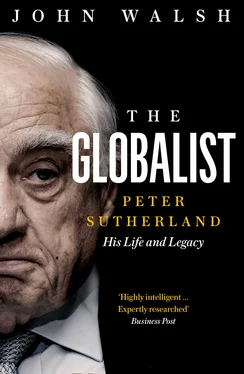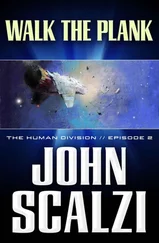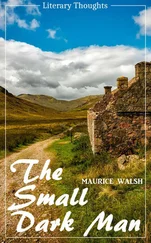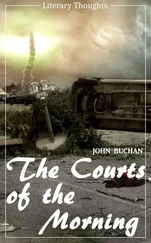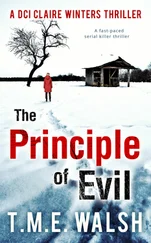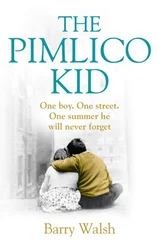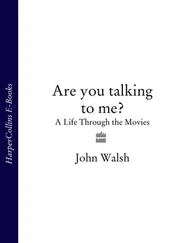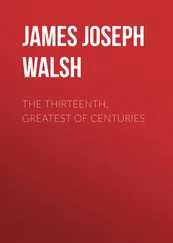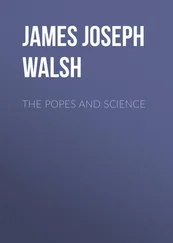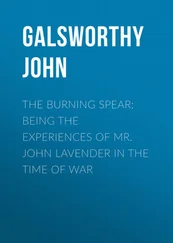1 ...7 8 9 11 12 13 ...19 Mark FitzGerald, Garret’s son and the owner of auctioneering firm Sherry FitzGerald, the biggest in the country (FitzGerald sold Sutherland’s Foxrock home when he moved to Sydney Avenue in Blackrock in 1976), had politics in his blood; indeed it was one of his main passions in life. In an illustration of the tight-knit social circles in Dublin, Mark FitzGerald first met Sutherland at a party thrown by the latter’s sister Karen in 1974. Mark, who was there with one of his good friends Gerry Sheehan, a younger brother of Garrett Sheehan, says that Sutherland harboured a desire to have another go at seeking election and that he probably regretted that the opportunity never arose, but his career took a different path. ‘But I think when he got involved later in life and the whole migration thing, the commitment to public service was definitely about that. His business career was about giving him the financial independence ultimately to go back into public service. That’s what I felt about him. That’s what my father felt about him,’ adds Mark.
Happenstance played a prominent role in Sutherland’s career trajectory. Exploring alternative scenarios in the lives of public figures can throw up some interesting counter-narratives, and in Sutherland’s case more than most. For example, what would have happened if Sutherland had been elected in 1973? One former colleague said he wouldn’t have had the patience to sit on the backbenches. It is also doubtful he would have relished the endless constituency clinics and funeral attendances required to ensure re-election. Nor, if elected, would he probably have become attorney general in the next Fine Gael government. And it was because of Fine Gael’s wafer-thin majority at the time that Sutherland got the nod to go to Brussels as Ireland’s European commissioner. That was the launch pad for international stardom. On the other hand, the one role Sutherland prized more than any other in his life was to become president of the European Commission. It is normally a pre-condition that candidates for this position have been elected to office.
When Fine Gael and Labour formed a coalition following the 1973 election, Sutherland went back to the Bar and worked on what was now a thriving practice. The next general election in 1977 was not a good one for Fine Gael; it went from fifty-five seats down to forty-three, while Fianna Fáil surged from sixty-five to eighty-four seats and was able to form a government. Liam Cosgrave stood down as leader of Fine Gael and was replaced by Garret FitzGerald.
Sutherland may have stood back from the political fray in the mid-1970s, but his relationship with the FitzGerald family blossomed over that period, Mark FitzGerald recalls. ‘They had a very close relationship and Peter and Maruja would have come to dinner a lot. They got on with my mother. Peter got on particularly well with my father, but my mother also. He was very close to my mother.’ Sutherland’s relationship with Joan FitzGerald would play a crucial role in one of his most important career moves.
The 1973–7 government contained some heavyweight figures. Garret FitzGerald was Minister for Foreign Affairs, Justin Keating Minister for Industry and Commerce. Michael O’Leary was appointed Minister for Labour, Conor Cruise O’Brien Minister for Posts and Telegraphs and Peter Barry Minister for Transport. Historians of that era generally agree that there has rarely been more intellectual heft sitting around a cabinet table. But that was too little to put the country on the right path. The government was a victim of unfortunate timing: Ireland had experienced a rare spurt of economic growth in the early 1970s, but by 1977, the oil crisis had tipped the economy back into recession. The government reconfigured every constituency boundary in the country in ways that allegedly benefited Fine Gael and Labour. Despite the best efforts of the coalition to rig the election in its favour, Fianna Fáil swept to a crushing victory.
After the 1977 election, Peter Prendergast took over as Fine Gael’s national secretary and initiated a party-wide restructuring. A steering committee was set up to formulate party policy, its members including Sutherland alongside Derry Hussey, Jim Mitchell, Peter Barry and some senior unelected party members. ‘Peter was a very valuable member, to put it mildly,’ says Gemma Hussey, who first got to know Sutherland around this time.
According to Prendergast, Fine Gael’s grassroots organisation was in a parlous state. A two-pronged strategy was proposed to put the party back in power. First was the establishment of structures that would put Fine Gael on a much more competitive footing before the next election. Running parallel to this process was the creation of a coherent policy platform. Sutherland was a key player in putting the party’s manifesto together. The preparation paid off: Fine Gael reversed many of its losses in the 1981 general election.
Brendan Halligan first met Sutherland in the late 1960s. An economist by education, Halligan had a lifelong association with the Labour Party. He was a TD, an MEP and the party’s secretary general over a period of three decades. Another committed Europhile, he set up the Institute for International and European Affairs (IIEA), a think tank, in Dublin and developed a close personal and professional relationship with Sutherland. Halligan attributes Fine Gael’s success at this period to a particular skill: ‘There was a culture in Fine Gael of being extremely good at drafting, a combination of politics and law and sometimes economics. It was part of the organisational culture of Fine Gael that goes back to the foundation of the state. They did after all draft the first constitution.’
He continues: ‘The best drafter in the English language I have ever come across was Jim Dooge.’ Widely considered a polymath, Dooge served as Minister for Foreign Affairs in 1981; he was also an engineer, a climatologist and an academic. Halligan and Dooge had written Fine Gael and Labour’s joint 1973 manifesto together. ‘Then there was Alexis FitzGerald, whom I wrote the 1977 election manifesto with, and also Declan Costello. On top of that Garret FitzGerald was also very talented. Peter [Sutherland] was part of that culture,’ Halligan says.
It was a training that would serve Sutherland well in later years. His ability to draft a contract in a very short period of time saved the Uruguay Round of trade talks from collapsing at the eleventh hour.
Any time a new government is formed there is always intense speculation about the identity of the new cabinet, and 1981 was no exception. According to one senior legal source who was in the Law Library at the time, the expectation in legal circles was that Nial Fennelly would be appointed attorney general. A former Law Library colleague of Sutherland’s has said that ‘Fennelly’s reputation as a lawyer was superb and he went on to be advocate general in the Courts of Justice in Luxembourg and a Supreme Court judge, and an excellent Supreme Court judge at that. He was a top-class lawyer, one of Ireland’s best lawyers in the last forty years. So there probably was a little bit of surprise that – well, certainly the feeling was that Peter came on the outside and overtook Nial on the line.’
On 26 June 1981, Garret FitzGerald appointed Sutherland attorney general. Still only thirty-five, Sutherland was by far the youngest man to occupy the role in the history of the state, a record that still stands. At the time he was also the highest-earning barrister in the Law Library. ‘I suppose his name would have been in the ring but Peter wouldn’t have had a reputation for being a lawyer. His reputation was as an advocate. I suppose at that time the feeling was that somebody who had a very strong legal reputation would be the one who might go in as AG. Of course Peter was charming. He was excellent at tactics, he was a good advocate, he knew how to win, he knew how to campaign for something and therefore he obviously conducted a campaign for himself to become the attorney general, and he was successful,’ the same former Law Library colleague stated. But Sutherland mounted a very effective campaign. ‘He would have gone to every Fine Gael Árd Fheis [party conference]. He was deeply involved with the party in terms of putting policy together. He did the hard yards. Fennelly did not, and ultimately that was the difference between them.’
Читать дальше
